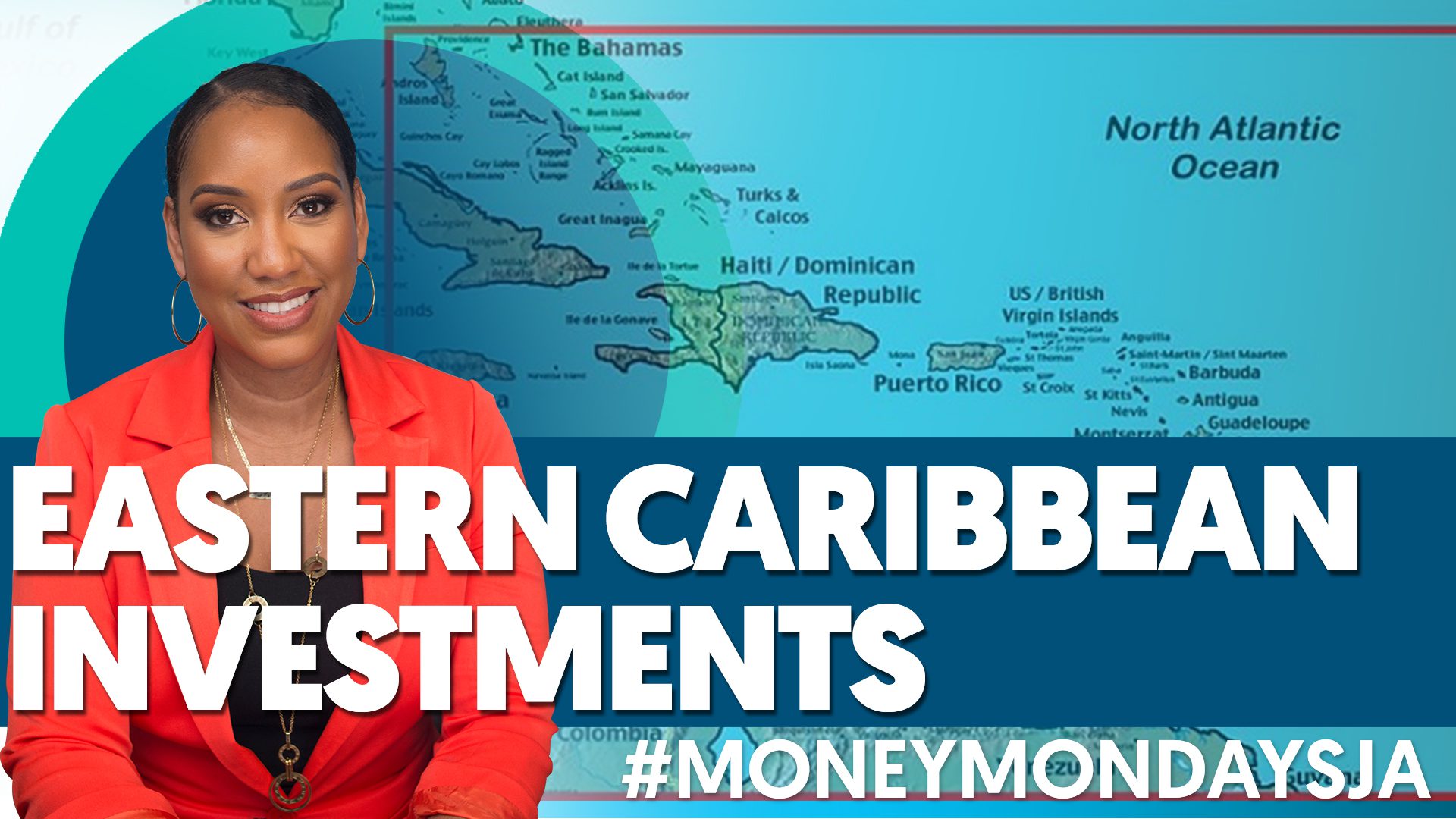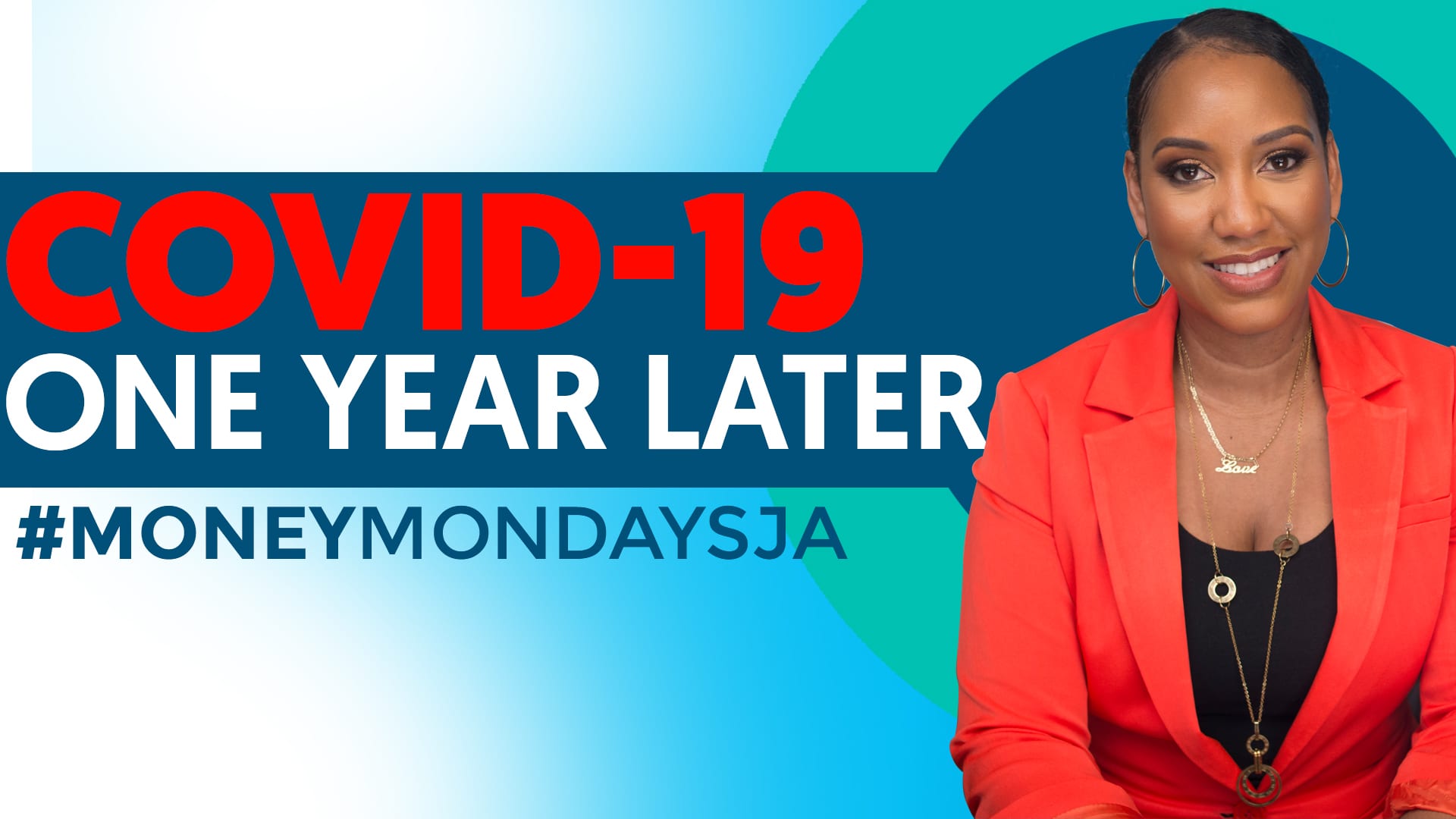Some days on the stock market can be a pretty wild ride, with prices surging or crashing. But to make sure the roller coaster don’t dash you weh, some stock markets including the Jamaica Stock Exchange, have a circuit breaker. There are times when investors might hear some market news that may affect a company’s performance, so they quickly buy or sell shares, which then leads to rapid fluctuations in the share price. Stock exchanges try to prevent this by establishing trade limits for securities and indices.
Circuit Breaker Rule
Jodi-kay Williams
Some days on the stock market can be a pretty wild ride, with prices surging or crashing and to make sure the roller coaster does not toss investors around, some stock markets including the Jamaica Stock Exchange, have a circuit breaker.
A good way to think about how a circuit breaker works in trading is to think about how they work in our homes for electrical circuits.
When things get overloaded, then the breaker kicks in and shuts the circuit down to give things time to cool off. That’s exactly how it works in trading as well.
There are times when investors might hear some market news that may affect a company’s performance, so they quickly buy or sell shares, which then leads to rapid fluctuations in the share price. Stock exchanges try to prevent this by establishing trade limits for securities and indices. Once trades begin to fall outside of those limits then the circuit breaker is triggered.
A circuit breaker in trading is an emergency-use regulatory measure that temporarily halts trading, once prices start to move outside of a predefined range.
On the Jamaica Stock Exchange, the circuit breaker is implemented once stock prices go higher or lower than 15 per cent of the previous day’s close price.
For example, in October 2021, Ciboney stock gained 29 per cent in a single day, which triggered the JSE’s circuit breaker, so nobody was able to trade Ciboney stock for a while. The circuit breaker can stop trading anywhere from 30 minutes to the whole day, to allow accurate information to flow among market makers and for institutional traders to assess their positions and make rational decisions.
Some stock exchanges institute the circuit breaker rule on individual stocks while others apply it to the entire index. In the United States, regulators have three levels of a circuit breaker, which are set to stop trading when the S&P 500 Index drops seven per cent, 13 per cent, and 20 per cent.
Since the start of the pandemic, stock exchanges across the world have been triggering circuit breakers frequently. There was a lot of uncertainty at the start of the pandemic and many investors started panic selling stock, especially in companies that they believed would be severely impacted by COVID-19 restrictions. These rapid “sell-offs” would have caused stock prices to tank and the exchanges would have paused, and in some cases, stopped trading for the day to give investors time to react to various bits of news.
Things have settled since then and investors are relatively confident in the market again but circuit breakers are still being activated.
In the same way that the circuit breaker is triggered when prices fall below a certain limit, it also activates when prices rise above the upper limit. In the same way investors panic-sold shares in companies they believed would be most severely impacted by the pandemic, they also manic-bought shares in companies they believed would do well. That’s where the circuit breaker comes in, providing a cooling-off period.
Circuit breakers are also commonly used during Initial Public Offerings (IPOs). The first time a company offers its shares to market can go either way, really well or not so well.
Despite its use in trying to prevent markets from crashing and allowing investors time to think and make calculated decisions, not everyone is a fan of the use of circuit breakers.
Some analysts believe that circuit breakers are disruptive and keep the market artificially volatile because they cause orders to build at the limit level and decrease liquidity. Others argue that if the market were allowed to move freely, without any halts, they would settle into a more consistent balance.
Locally, the JSE’s trading platform is set up to allow the stock to trade at two different reference prices within the day, after a cool-down period of an hour. The reference price is what the investors announce they are willing to pay for the stock.
The JSE automatically triggers the circuit breaker when a trade occurs at a price that is more than 15 per cent above or below the previous day’s close price or effective close price.
The effective close price is determined whenever the closing bid is greater than the close price or whenever the closing ask is less than the close price.
Checks are then made to figure out if the trade that triggered the circuit breaker will be within the new prescribed price band. If the trigger price is within the new price band, then trading will remain paused for an hour. Afterwards, trades are only permitted within the new price band. If the trigger price is outside of the new price band, then the trade will be cancelled from the system and the security will be able to trade.
Categories: MoneyMondaysJA
Audio Only
More #MoneyMondaysJA Episodes






Leave A Comment